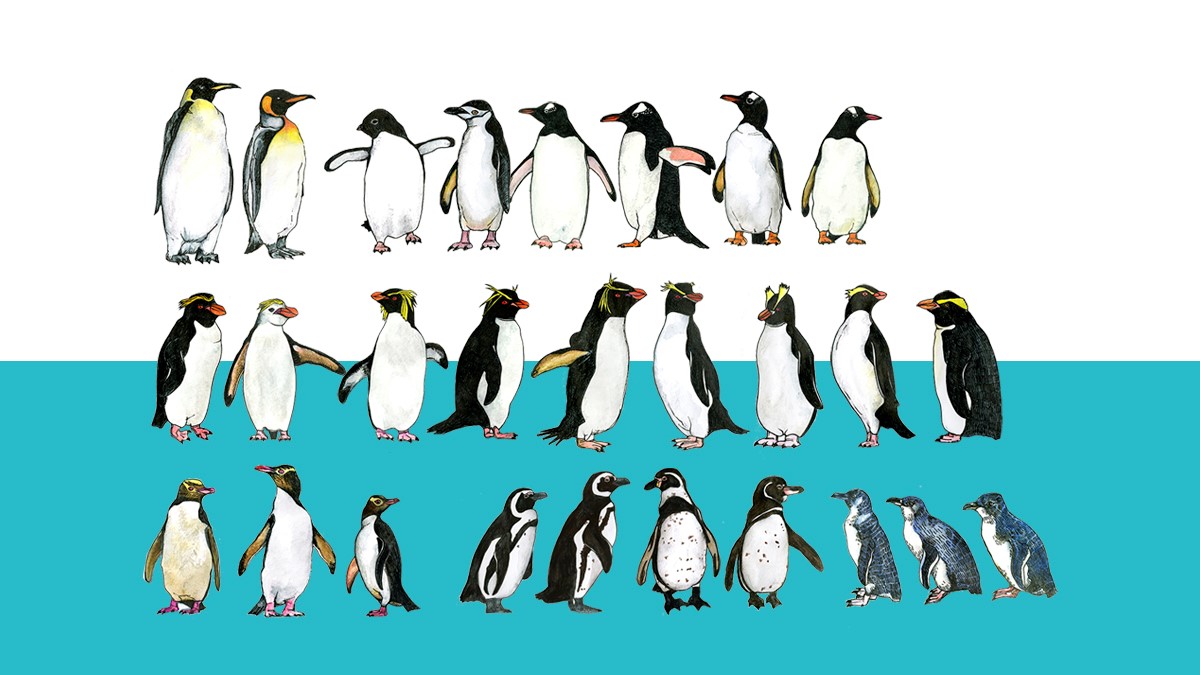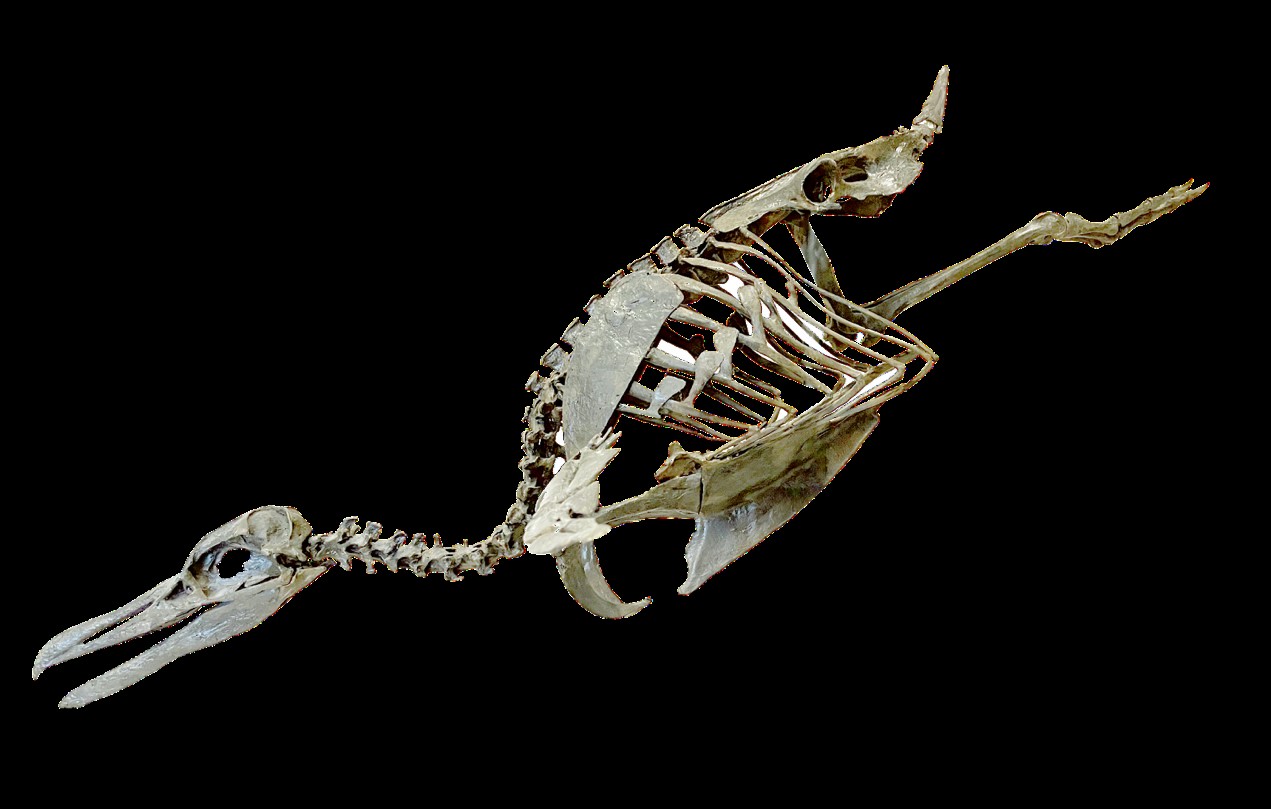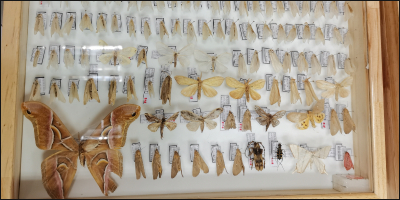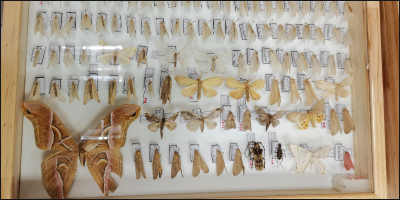Genomes reveal 60 million years of penguin evolution to extreme-cold and marine environments
LERAN MOREA research consortium led by Prof. ZHANG Guojie from Kunming Institute of Zoology of the Chinese Academy of Sciences has undertaken a seminal and major study spanning all recent penguin taxa to understand 60 million years of penguin evolutionary history and sheds new light on the evolutionary pathways that allowed some land animals to transition back into aquatic environments, particularly extremely cold ones such as the seas around Antarctica. The finding was published in Nature communications on 19th July as a highlight story.
The comprehensive study was undertaken by combining genomes from all extant and recently extinct penguin lineages, stratigraphic data from fossil penguins, and morphological and biogeographic data from almost all known penguin species, and provides us a in-depth understanding of penguin evolutionary history over the past 60 million years.
Genomic signatures of population history and gene flow between closely-related penguin species reveal a pattern consistent with widespread refugia/recolonisation during recent climate oscillations in the Southern Ocean.
“The full genomes of all extant penguin species and recently extinct species, combining with the fossil data, provided us a unique opportunity to fully resolve the process leading to the penguin speciation and extinction events. The common ancestor of extant penguins appeared about 14 million years ago, after which changes in climate and environment drove the rapid speciation within crown penguins.” said Senior author of the study Prof. ZHANG Guojie, an evolutionary biologist in Kunming Institute of Zoology and University of Copenhagen. “These data also allow us to reveal the detailed evolutionary process of individual genes and the gene flows between lineages, and provide new insights into the genetic basis for penguin evolution and adaptation.” Among these were a suite of genes that likely underpin the highly specialized secondary aquatic adaptations seen in penguins today, including those related to thermoregulation, oxygenation, diving, vision, diet, immunity, and body size.
The study also provided some unexpected results. Penguins and their sister group (Procellariiformes) have the lowest evolutionary rates among birds and this may represent the culmination of a gradual slowdown associated with increasingly aquatic ecology. Another unexpected result is that evolutionary rates and temperature are positively correlated in penguins, suggesting that large-bodied, Antarctic species may be more equipped to adapt to new environments under future climate change scenarios.
Overall, this major study helps resolve the enigma of how penguins transitioned from being terrestrial to marine birds, and how they have so successfully colonized some of the most extreme environments on Earth. In addition, this study showed that penguins have adapted to an ever-changing world during the past 60 million years and thus we can potentially remain optimistic about their future. However, we still need to pay close attention to the increasing threat from anthropogenic climate change and environmental disruption, and note that the threat of extinction remains ever present.
This study is part of the international Bird Genome 10K project which aims to sequence the genomes of all extant bird species. Now that the researchers have finished the genomes of all species in Sphenisciformes which represents one of the 41 orders of mordent bird species, it makes an important step to finish the mission of B10K project. It is not the end of the story, but a new beginning.
This study, entitled “Genomic insights into the secondary aquatic transition of penguins”, was published in Nature communications on 19th July as a highlight story. Web link: https://www.nature.com/articles/s41467-022-31508-9). Dr. Theresa L. Cole and Dr. ZHANG Guojie are the co-corresponding authors. Researchers from Kunming Institute of Zoology of the Chinese Academy of Sciences, University of Copenhagen, BGI-Shenzhen, Bruce Museum, University of Oxford, Reedley College, Massey University, Norwegian University of Science and Technology and other institutes also participated in this study. This project was financially supported by grants from the National Key Research and Development Program of China grant, the International Partnership Program of Chinese Academy of Sciences, the National Natural Science Foundation of China grant and a Villum Investigator grantfrom The Villum Foundation.
Penguin taxa whose genomes were analyzed, comprising all extant and recently extinct penguins. (Drawings of penguins by Theresa L. Cole)
A model of the fossil Spheniscus megaramphus that lived five million years ago (Photograph by Daniel Ksepka)
(By ZHANG Guojie, Editor: GAO Yuan)
Contact:
ZHANG Guojie
zhangguojie@mail.kiz.ac.com







